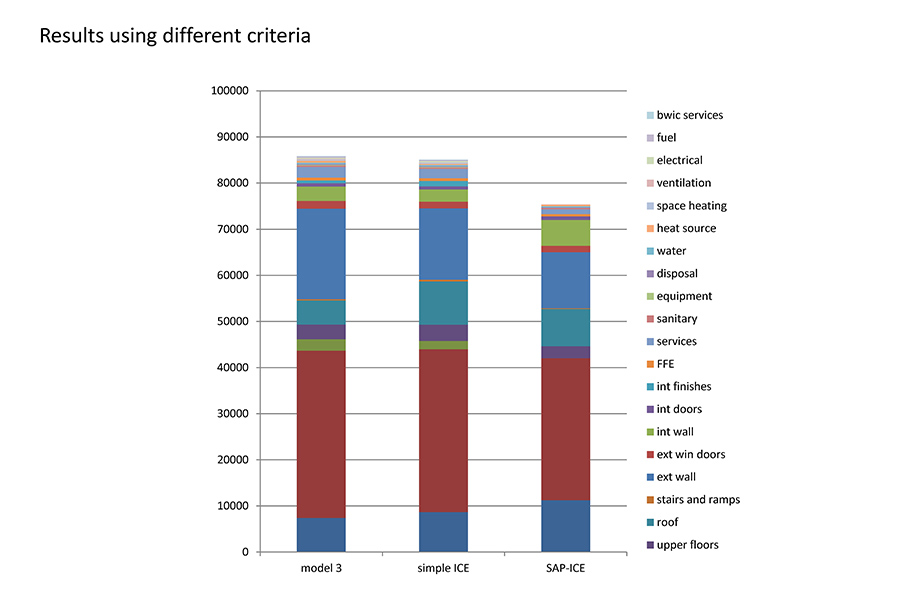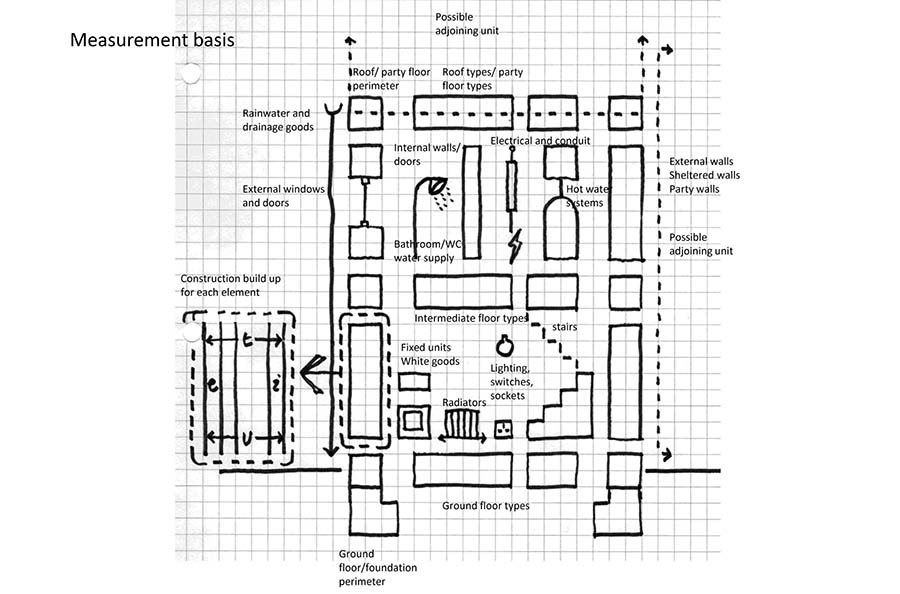Dr Asif Din is a researcher, ecological architect and London Met PhD graduate. He completed his PhD within London Met in 2020 on the study of Embodied Carbon within the UK regulations, through a process of benchmarking to allow the proper evaluation of Life Cycle energy within buildings.

Asif Din
Asif received a BA (Hons) from Nottingham University, before travelling abroad to Australia and America to further his studies at Deakin University and Virginia Tech.
Asif has a keen interest in making buildings less wasteful by using techniques more sustainable than Victorian architecture on which most of our buildings are based. In 2000, Asif continued his studies at Oxford Brookes University where he completed RIBA part II and achieved a distinction in a diploma in energy efficient building. Formally architectural director at ZEDfactory in London, Asif has worked on major projects including: BedZED (2001) which was the winner of the World Energy Globe awards and shortlisted for the Stirling prize, Jubilee Wharf in Penryn Cornwall (2006) which received the Housing Design award for future proofing, and the UK Pavilion for the Shanghai Expo 2010.
Asif has also spent much of his time establishing and teaching courses at several universities including Oxford Brookes, UCL and the Camborne School of Minds where he has given lectures in quantity surveying, project management, urban design and renewable energy teaching design methodologies to achieve holistic energy efficiency on both a micro and macro scale. In addition to this, Asif has been involved in a range of research projects with a number of universities including passive evaporative ventilation, existing building monitoring and remediation, design documentation of design processes, planning procedure and early stage design modelling for low-energy buildings.
Accounting for total carbon impacts in buildings: a low carbon rating procedure
Supervisors:
Luisa Brotus and Prof. Fergus Nicol
Examiners:
Paul Tuohy and Prof. Maurice Mitchell
Abstract from Asif Din's full thesis:
The construction industry’s influence on climate change needs to be quantified in order to assess the carbon impact of dwellings. The appropriate measure of carbon within dwellings is the Greenhouse Gas (GHG) impact. The influences that determine how much GHG impacts residential buildings needs to be understood by designers and reduced if national targets are to be reached. Current UK building regulations consider the annual operational energy of dwellings using historic climate data.
Accounting for carbon (GHG) impacts within buildings can be achieved through conducting a Life Cycle Assessment (LCA). A review of different LCA standards for buildings has shown inconsistent methods in determining the GHG impact of dwellings over their lifespan. The LCA process is also too complicated to quantify GHG at the concept design stage. Current tools consistently underestimate the GHG of dwellings at an early design stage. Academic studies vary significantly making it difficult for direct comparisons to be made.
A rating procedure has been defined to create a concept design methodology. The rating assesses designs taking account of design features over the proposed lifespan of the dwelling. The relative rating of components and life cycle stages within their design indicates the significance of the design choices made. A percentage value for each component was used as the rating. Dwellings were chosen as a building type due to the large impact they have on the design industry as well as the similarities of unit types used for assessment.
Studies were conducted to test and verify the simplifications made. This included a detailed LCA of a PassivHaus built house in Wales. The simplification uses information available in current regulatory data used in the design process. It was found that a 75% accuracy can be achieved from only 5% of input data. The detailed LCA showed that the most significant quantities of GHG were found within the external walls and the structural frame as well as the roof and substructure elements. These were then analysed as part of the outputs for materials from the rating system.
Operational GHG within dwellings is significantly affected by thermal mass, air velocity and shading. Overheating makes active cooling necessary in a dwelling, resulting in an increase in operational GHG. Therefore, future quantities of GHG are highly dependent on future climate and the need for air conditioning. Room function also impacts overheating with living rooms dependent on physical building features and bedroom overheating determined predominantly by the external environment. Future heating reduces but is not as significant as the increase in potential cooling loads. These factors were used to define dwellings within the rating process to calculate future operational impacts.
An apartment block typology was explored as an archetype to quantify a wider range of life cycle stages. This clarifies which design features are significant for the GHG quantification, outperforming the accuracy of existing tools. In apartment buildings shared features show a large variation of the quantity of GHG between dwellings. Sample results from the rating procedure show examples of the early design priorities. A breakdown of life cycle stages by construction type and lifespan needs to be considered within the design process in order to understand the implications of GHG in the design choices made by building designers.
Articles
- Din, A., Brotas, L. (2017). Assessment of climate change on UK dwelling indoor comfort. Energy Procedia, CISBAT 2017 International Conference Future Buildings & Districts – Energy Efficiency from Nano to Urban Scale, 122, pp. 21–26. https://doi.org/10.1016/j.egypro.2017.07.296
- Din, A., Brotas, L. (2016). Exploration of life cycle data calculation: Lessons from a Passivhaus case study. Energy and Buildings, 118, pp. 82–92. https://doi.org/10.1016/j.enbuild.2016.02.032
- Din, A., Brotas, L. (2017). The Impacts of Overheating Mitigation within the Life Cycle Carbon of Dwellings Under UK Future Climate. Procedia Environmental Sciences, Sustainable synergies from Buildings to the Urban Scale, 38, pp. 836–843. https://doi.org/10.1016/j.proenv.2017.03.169
- Din, A., Brotas, L. (2017). UK apartment construction impact on carbon life cycle calculations. Energy Procedia, CISBAT 2017 International Conference Future Buildings & Districts – Energy Efficiency from Nano to Urban Scale, 122, pp. 15–20. https://doi.org/10.1016/j.egypro.2017.07.294
| asifdin@hotmail.com | |
| Asif Din |


